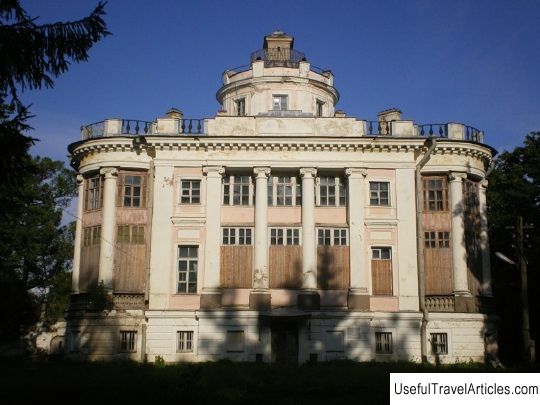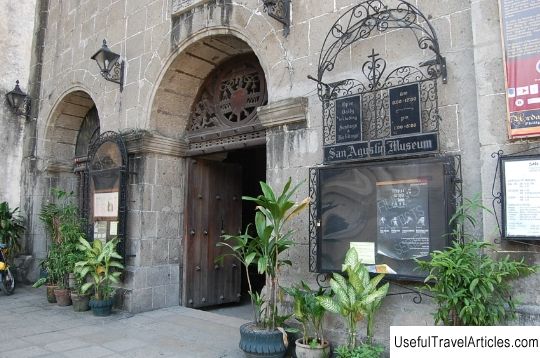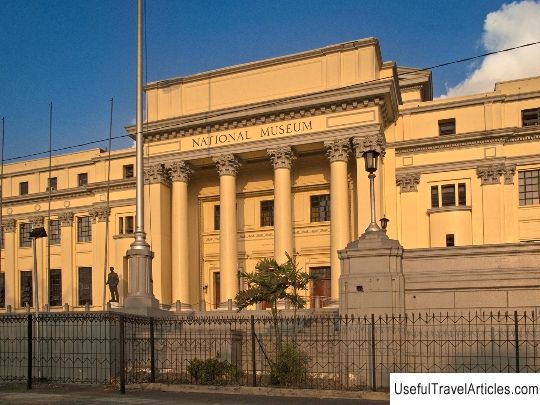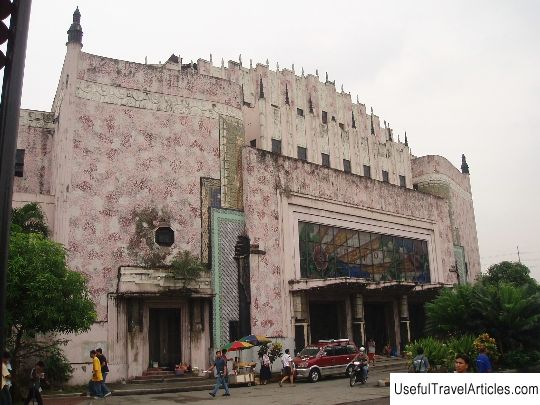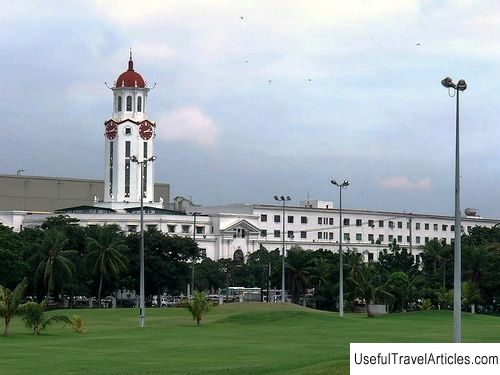The Bahay Tsinoy, or The Bahay Tsinoy, description and photos - Philippines: Manila
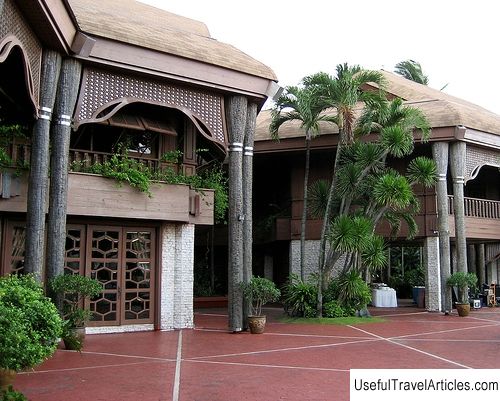
The Bahay Tsinoy, or The Bahay Tsinoy, description and photos - Philippines: Manila. Detailed information about the attraction. Description, photographs and a map showing the nearest significant objects. The title in English is The Bahay Tsinoy. Photo and descriptionBahai Qinoy, or China-Philippine House, is a museum located in the ancient Manila district of Intramuros. Here you can find documents that tell about the history, life and contribution of Chinese immigrants to the history of the Philippine Islands. The building itself, which houses the museum, also has historical value - in addition to the museum, it houses a library, a small theater studio and auditoriums. The Museum was designed by Eva Penamora in collaboration with the architect Onrado Fernandez in 1996 and was inaugurated three years later. The main objectives of the museum were and remain to support and promote the distinctive culture of the Filipino people and to explore the links between the Chinese and Filipino communities. Interesting, that the creation of such a museum was initiated by the award-winning bilingual children's educational TV show "Pinpin", which aired on Philippine TV in the early 1990s. Funds for the purchase of land and the construction of the building were collected on a voluntary basis - most of the money was donated by members of the Chinese-Filipino community. The museum's expositions are divided into several thematic sections. Here you can learn about the first contacts between the two peoples, about their life during the Spanish colonial period, about the emergence of a full-fledged Chinese community and the famous Chinese uprising of the 17th century. Of particular interest are the collections of pottery and rare Filipino shells, as well as a collection of drawings and photographs related to the life of the Sino-Filipino community.          We also recommend reading Tower of Torre della Peschiera di Nassa description and photos - Italy: Monte Argentario Topic: The Bahay Tsinoy, or The Bahay Tsinoy, description and photos - Philippines: Manila. |
